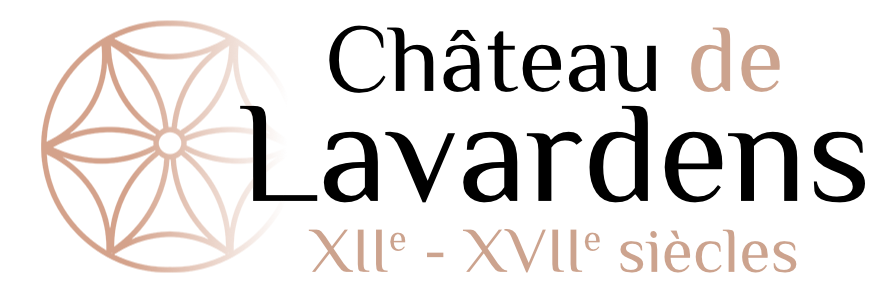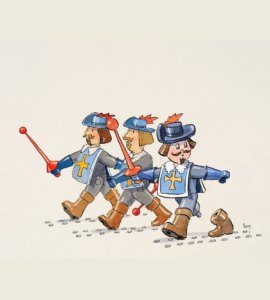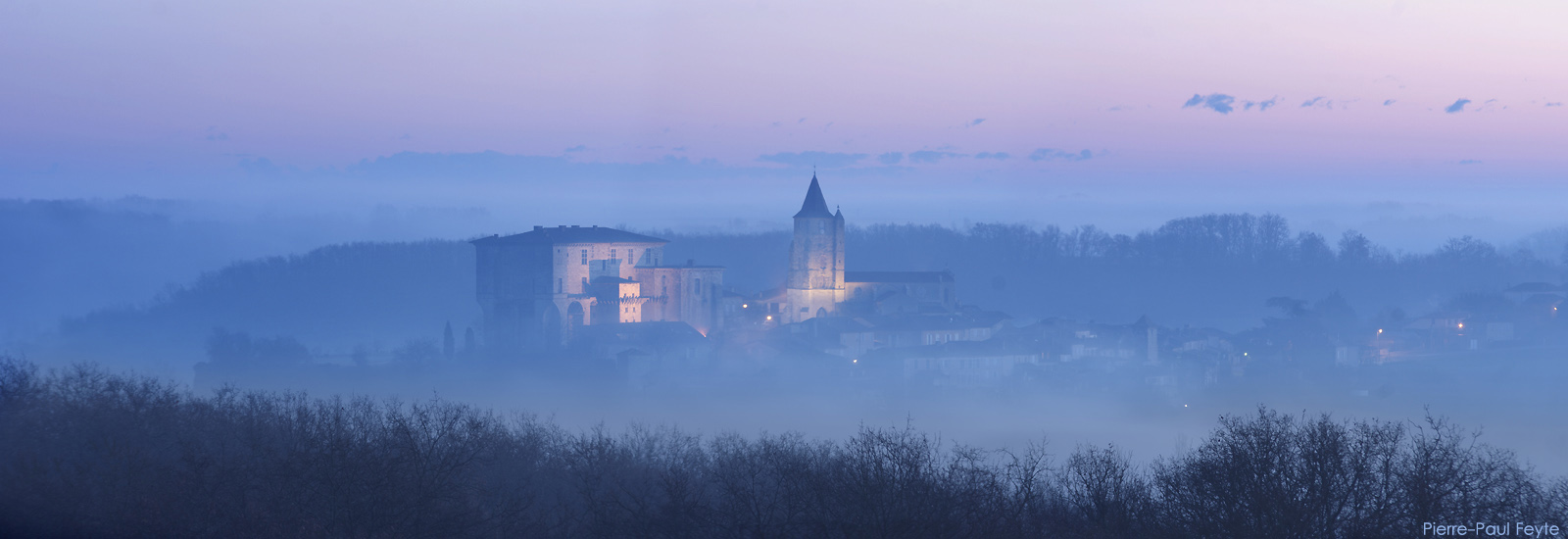Pierre de Montesquiou d’Artagnan (1645–1725)
Born around 1645 in Bayonne, where his father Henri de Montesquiou served as lieutenant of the king, Pierre was a first cousin of Charles de Batz, who was thirty years his senior.
He made his first appearance at court during the royal wedding in Saint-Jean-de-Luz in 1660, at the age of fourteen. Encouraged by his father to pursue a military career, he entered the Royal Academy of Juilly before becoming a page at the Petite Écurie in the Louvre.
He later joined the Musketeers in the same company as his illustrious cousin, serving for over twenty years. Under d’Artagnan’s command he was assigned in 1665 to the fortress of Pinerolo, where Nicolas Fouquet was imprisoned.
From 1667 to 1713 he took part in many battles under Louis XIV. Appointed maréchal de camp in 1691 he later became governor of the citadel and city of Arras, and then lieutenant-général of the province of Artois. In 1709 he led the infantry at the Battle of Malplaquet where he successfully withdrew the French army in good order, saving a large part of the troops.
Wounded in action he was made Marshal of France by royal decree on 30 September 1709. Upon his father’s death he inherited the title of Count of Montesquiou, but was known at court as Marshal d’Artagnan. He served as governor of Brittany from 1716 to 1720 and was appointed to the Regency Council on 16 June 1721.
During his long career, he participated in 18 battles and 21 sieges, 12 of them as commander-in-chief. Appointed Inspector General of the Infantry by Louvois, he helped implement significant reforms of this military branch during the second half of Louis XIV’s reign.
In 1714, following the death of their father, Marshal Pierre de Montesquiou became guardian to d’Artagnan’s two grandsons. He died at his château in Plessis-Robinson on August 12, 1725.
Joseph de Montesquiou d’Artagnan (1651–1729)
Raised by his mother following the death of his father. Around 1666, at about fifteen years of age, Joseph left his native Gascony to live in Paris with his famous cousin Charles de Batz, who became responsible for his education and military training.
Thanks to this patronage Joseph was enrolled in a military academy. Though he quickly became a skilled horseman, his taste for the pleasures offered by Paris plunged him into debt. Constantly seeking help from his family, he racked up creditors and financial obligations. Nonetheless, he joined the Musketeers in 1668, continuing his lavish lifestyle while pleading for financial support. His repeated requests for money illustrate the high costs of military service and the strict fashion standards that were expected at court.
Despite these difficulties and with his family’s help, Joseph eventually stabilized his career, being promoted to capitaine-lieutenant of the Grey Musketeers and later governor of Nîmes.
Like his cousin Pierre, Joseph was at d’Artagnan’s side during the Siege of Maastricht in 1673 when the latter was killed in action. Made a Knight of the Order of the Holy Spirit in 1724, Joseph retired to his château at Maupertuis, where he died on 4 January 1729.





 dernier accès à la billetterie 1 heure avant la fermeture (afin de vous laisser un temps de visite confortable).
dernier accès à la billetterie 1 heure avant la fermeture (afin de vous laisser un temps de visite confortable).